The Interview:
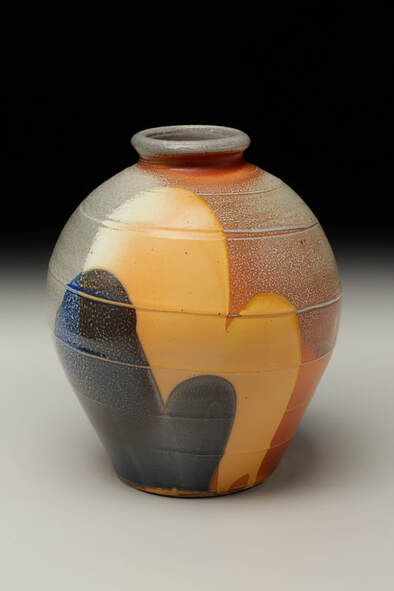 Why did you switch from low-fire graphic work to soda-fired ceramics? "After making the low fire work for several years I began missing the salt glaze surface. I love the variety of surface and somewhat unpredictable results from sodium glazed pots. The earthenware taught me a lot. I had fun coming up with the animals and other motifs I used on the low fire pots. I also enjoyed working with color here and there. I had four different bodies of work in the earthenware over the whole time I was making low fire. The decoration was labor intensive. When making stoneware I had been used to the pot being practically finished when it came off the wheel. For the earthenware I’d make a batch of pots and then have to sit and decorate them all. I liked that the batch size was much smaller. I could fill my electric kiln very quickly and then just push a button to fire. With the propane kiln I had to make at least 150 pots and it took 16-20 hrs to fire. Low fire glazes were a challenge as well. I wanted a clear glaze and an amber glaze that had the depth and beauty of pots I had seen from England that were covered in lead glazes. Of course I could not use lead. I had a few glazes I used but I was always a bit unhappy with them." Tell me about the challenges and joys of switching from low fire to Cone 10 soda fired ceramics. "It was pretty easy for me to go back to high fire since I had been doing it for so many years before I switched to earthenware. It was great to get back to some clay that I could really throw. My first soda firing went pretty well. I had some nice surfaces and soda glaze coverage. I was not drawing on the pots. I was doing some stamping, rope impressing, faceting, etc. All that looked great in soda, much as it had in salt. I liked the more directional aspect of soda. The pots had lots of variation from one side to the other." 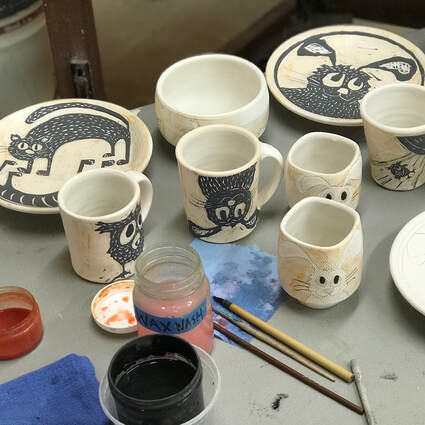 What inspired you to start adding drawings of animals onto your soda fired work? "I had really loved putting the animals on the earthenware. I had tried several times over the years to decorate the sodium fired pots in a way that worked for me and looked okay. I never felt like I was good with a brush. I probably just gave up too soon. With the earthenware I had used sgraffito and that was great. The contrast of white slip on red clay was so bold. I liked the sharp line and detail I could get. But it was hard on my body, all that scratching away of clay. So I didn’t want to go back to that. Throughout the time making soda glaze I would every now and again try a pot with some imagery on it. Nothing ever appealed to me until I started using the wax resist method. This was a technique I had seen Michael Simon use very early on in my pottery life. I knew a few folks who used wax and I had dabbled in it a bit. In early 2019 I took the plunge and decorated about 20 pots and fired them alongside the other pots in the kiln. That’s how I’m currently decorating, using wax in the negative spaces and brushing on an underglaze slip for the imagery. I am back to very labor-intensive work again! I love the results but I am wishing I had a smaller kiln. I’d like to make 50-60 pots and then fire."
What is a typical firing schedule/ soda introduction for you? "My firings are about 16 hrs long. I fire in a medium reduction. I’m looking for flashed surfaces and some soda build up. I don’t want a lot of gray carbon trapping. I mix soda ash in a 1 lb per 1 gallon of hot water ratio. I start spraying at cone 8. I’ll go around the kiln spraying in 5 sec bursts in each of the 14 ports. I also have 10 ports in the door that I will sometimes use. After each cycle of spraying I wait 15 minutes and repeat. I pull draw rings to gauge the amount of soda build up. Spraying takes about 1 ½ hrs. After I’ve used as much soda as I want I’ll oxidize the kiln for 30 minutes and make sure I’ve reached the cone I’m going for (9 for the decorated work, 10 flat for the undecorated) before shutting off the gas. I then pull some of the soda ports and open the damper to crash cool down to about 2025 deg F. I think this fast cooling promotes brighter slip colors." Where do you see your work going from here? "I am enjoying the more decorated work that I’ve been making this year. I will continue to work on that, coming up with new imagery and forms. I would like to have a try at cone 2 soda firing. I have a custom clay body that I like and I think would work well at that temperature. I may also build a smaller kiln." His Flashing Slip Recipes
Do you have any final words of encouragement for an artist in transition? "I feel like I’ve followed my interests and done what I wanted. It’s no good chasing what you think you might sell or what others will like. Do what you want. If you love it that will show in the work and people will be drawn to it. I have switched ways of working many times now. It’s all been fun and I’ve learned a lot. I’ve had folks stick with me through it all and I’ve lost some customers too. But I only do what I love to do and that gets me in the studio day after day." Check out more of Rons work!Website https://www.ronphilbeckpottery.com/ Etsy Shop https://www.etsy.com/shop/RonPhilbeckPottery Instagram https://www.instagram.com/ronphilbeck/ Facebook https://www.facebook.com/ronphilbeckpottery/ Thanks Ron for being so generous with the information you have shared in this interview! If you would like to see future soda fire artists interviews like this, and to learn more about soda firing from me join my soda fire community by clicking the button below. I am also open to requests for topics you would like to learn about.
|
Hi, I'm Lisa the artist and creator of this content.
Here on my blog I share behind the scenes, events, and activities related to my art. GET INSPIRATION AND SPECIAL DEALS DELIVERED STRAIGHT TO YOUR INBOX!
Categories
All
Archives
February 2024
|

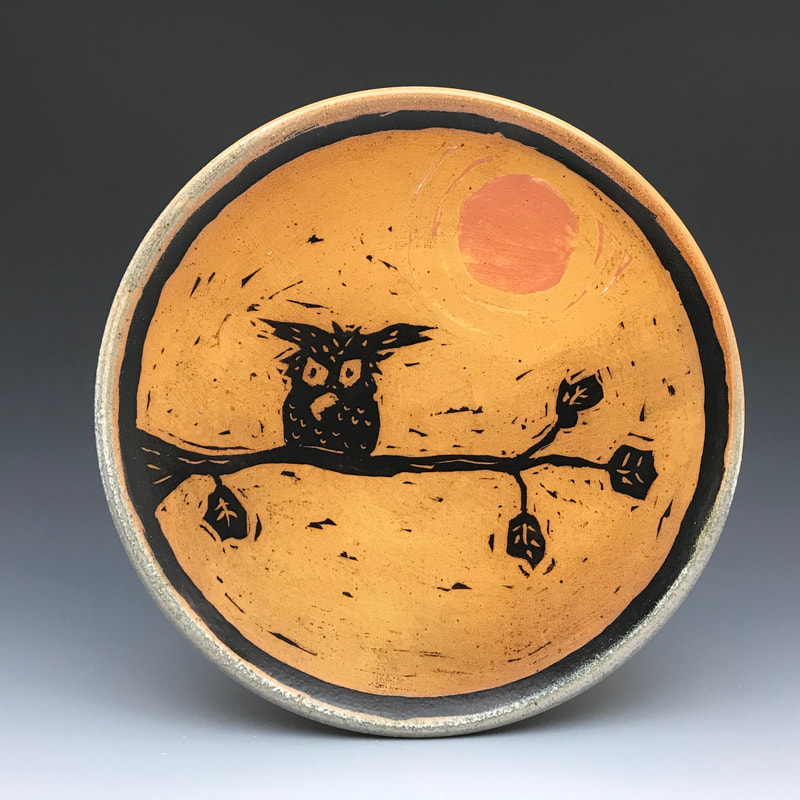
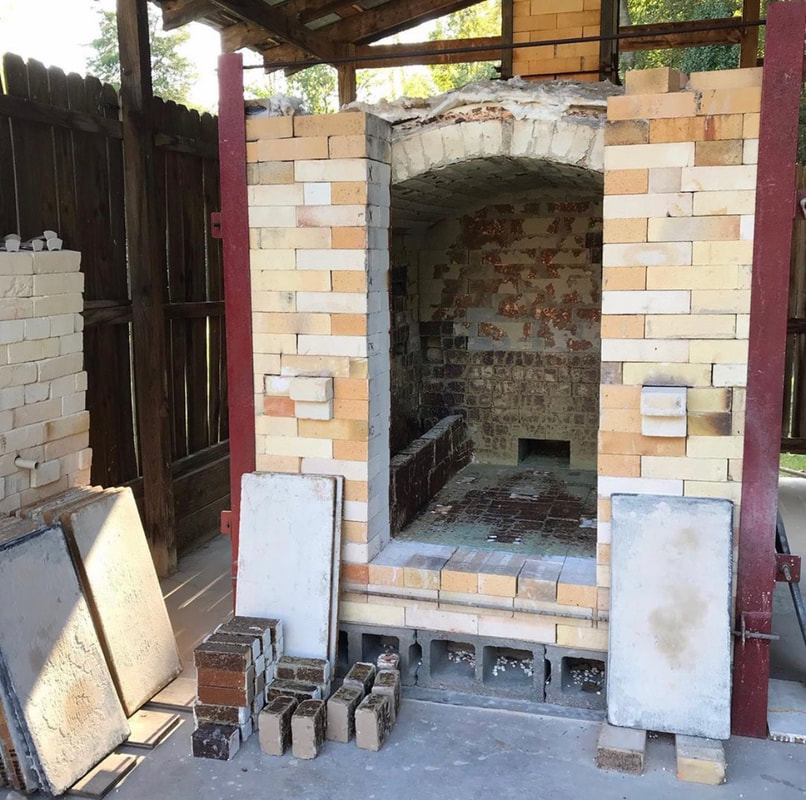
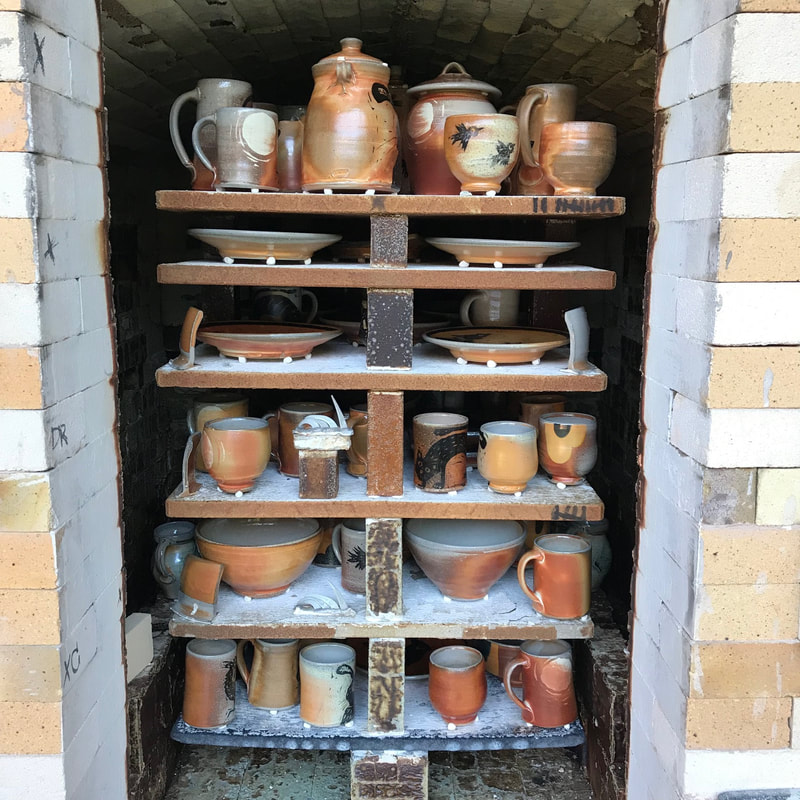
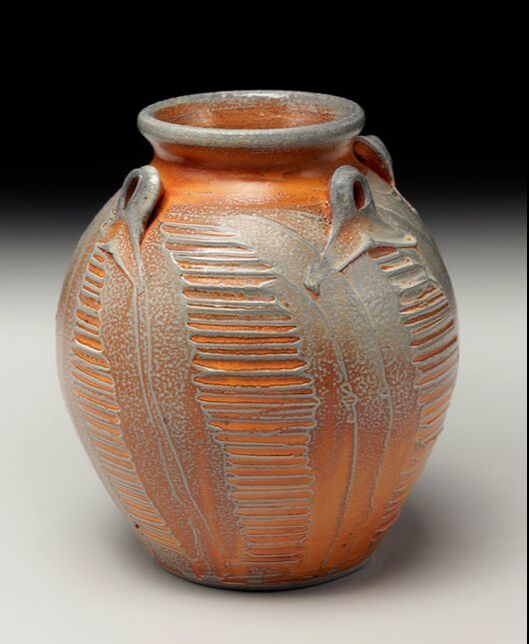
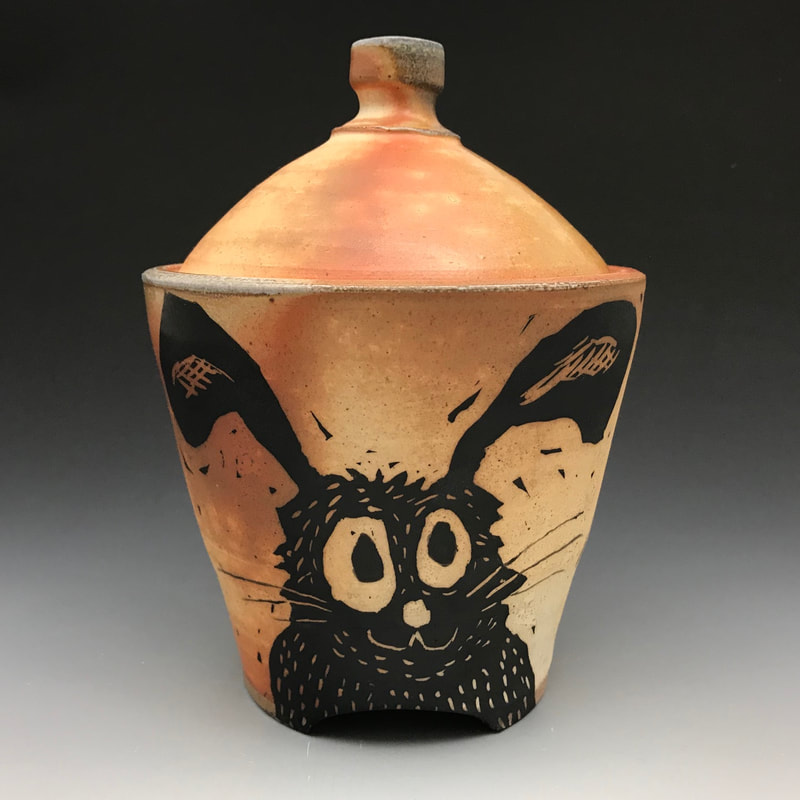
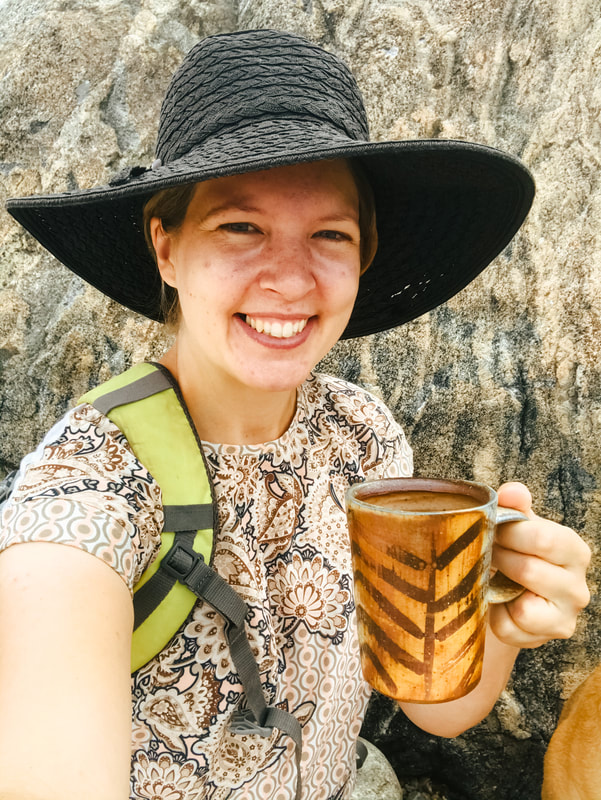
 RSS Feed
RSS Feed